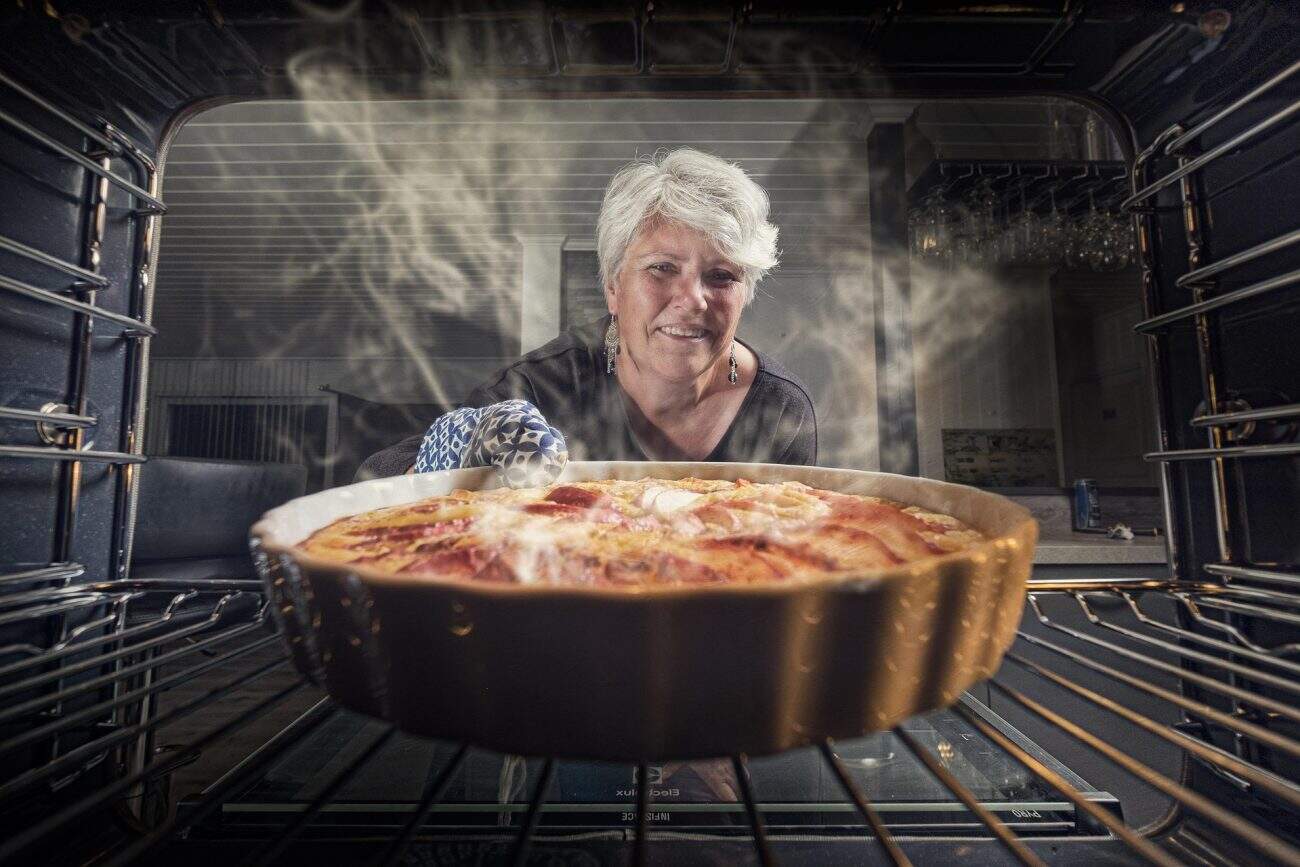Few things are more frustrating than an oven that refuses to heat properly when you’re ready to bake, roast, or cook dinner. Whether you own a gas or electric oven, several common issues can cause heating problems. The good news? Most of them can be diagnosed and fixed at home with some basic tools and patience.
This guide will walk you through the main causes, troubleshooting steps, and DIY solutions for an oven that’s not heating, so you don’t have to call a technician right away.
1. Safety First
Before working on any oven:
- Unplug the appliance from the power outlet (for electric ovens).
- Shut off the gas supply (for gas ovens).
- Allow the oven to cool completely before touching internal components.
- Wear protective gloves and keep a screwdriver set nearby.
2. Common Causes of an Oven Not Heating
- Burned-out bake element (electric ovens) – The bottom element may show visible damage or fail to glow red.
- Faulty igniter (gas ovens) – A weak igniter won’t light the gas properly.
- Blown thermal fuse – Protects the oven from overheating; if blown, the oven won’t heat.
- Defective thermostat or temperature sensor – Prevents accurate heat regulation.
- Broken control board or wiring issue – Less common but possible in modern ovens.
3. Step-by-Step DIY Fixes
A. Inspect the Heating Element (Electric Ovens)
- Remove the oven racks.
- Check the bake element at the bottom. Look for cracks, blisters, or burns.
- Test with a multimeter for continuity.
- If faulty, replace the element (usually 20–50 USD and easy to install).
B. Check the Gas Igniter (Gas Ovens)
- Open the oven and locate the igniter near the burner tube.
- Turn on the oven and watch—if it glows weakly or takes too long to ignite, it’s faulty.
- Replace with a new igniter (cost: 30–60 USD).
⚠️ Handle carefully; igniters are fragile.
C. Test the Temperature Sensor
- Locate the sensor (usually a thin probe inside the oven).
- Use a multimeter to check resistance (typically 1,000–1,100 ohms at room temperature).
- If readings are far off, replace the sensor.
D. Check the Thermal Fuse
- Remove the back panel of the oven.
- Locate the fuse and test it with a multimeter.
- Replace if it has blown (cost: ~20 USD).
E. Inspect the Control Board
If none of the above work:
- Look for burnt spots or loose wires on the electronic control board.
- Sometimes reseating connections fixes the issue.
- Replacement boards can be expensive (100–300 USD). Consider this only after testing cheaper parts.
4. When to Call a Professional
- If your oven still won’t heat after replacing the basic components.
- If you smell gas leaks.
- If the wiring looks severely damaged.
- For high-end ovens with complex electronic panels.
5. Prevention Tips
- Clean the oven regularly to prevent residue from blocking heat circulation.
- Avoid slamming the oven door, which can damage the sensor.
- Test the oven temperature with an oven thermometer every few months.
- Replace parts promptly at the first sign of wear.
Conclusion
An oven that isn’t heating properly can feel like the end of your dinner plans, but in most cases, the problem is straightforward: a worn-out heating element, a weak igniter, or a faulty sensor. By following this DIY guide, you can save time and money—and only call a professional if absolutely necessary.
So the next time your oven lets you down, grab your tools and follow these steps to bring it back to life
